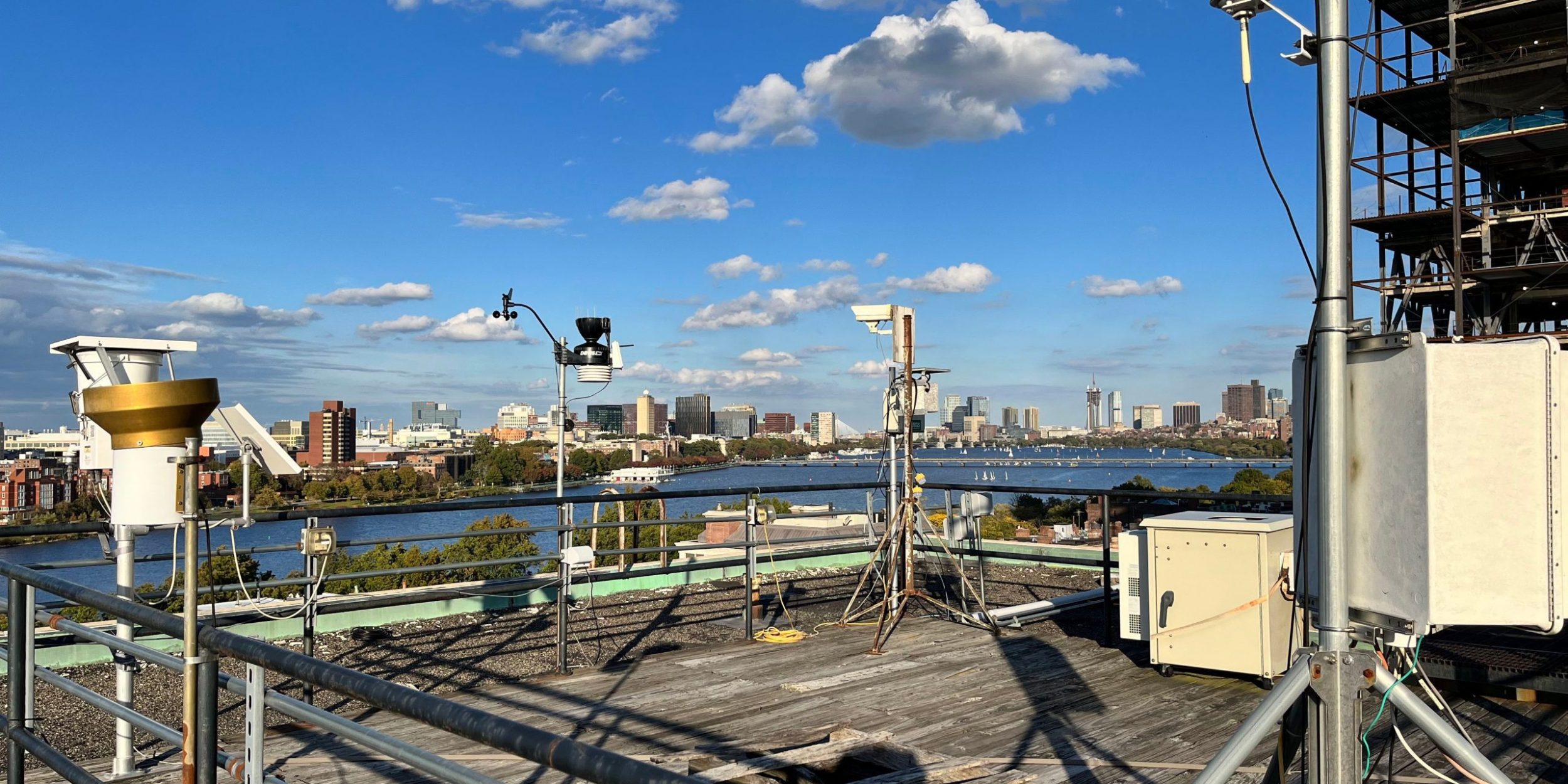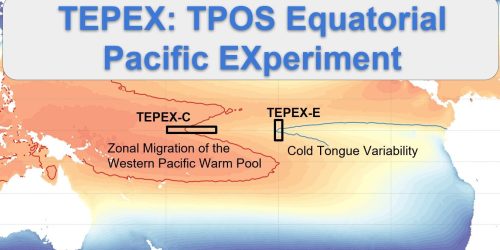Researchers from Harvard, Boston University, the Environmental Defense Fund, and NOAA/ESRL, funded in part by CPO’s Atmospheric Chemistry, Carbon Cycle, & Climate (AC4) program, have found that top-down, atmospheric measurement-based estimates of natural gas emissions across US cities are 2 to 10 times higher than estimates from current bottom-up emission inventories; and, that current policy aimed at curbing emissions at the pipeline level may not effectively mitigate future methane concerns. Published this week as an early online release in the Proceedings of the National Academy of Science (PNAS), their research draws on 8 years of emissions monitoring in the Boston urban region and analyses of emission studies across the US.
Natural gas has become an increasingly important energy source in the US, touted for both cost reductions and lower carbon dioxide (CO2) emissions relative to other fossil fuels. Natural gas emissions, however, are a primary source of methane—the shorter lasting but more powerful greenhouse gas. Reducing natural gas leaks helps lower greenhouse gas concentrations, provided we know where the emissions are coming from in order to implement effective reduction policies.
The large gap between bottom-up and top-down estimates suggest the bottom-up inventories are missing emission sources. Using their collected atmospheric monitoring data and the HYSPLIT transport model (NOAA/ARL), the researchers calculated natural gas loss rates in the Boston region 6 times higher than those from the Massachusetts Department of Environmental Protection and the EPA estimates, both bottom-up inventories which did not include end-use emissions (e.g. heating and appliances) in their calculations. They confirmed this gap by comparing top-down vs. bottom-up emission estimates for several other US cities, including DC and Los Angeles. Overall, the team’s findings suggest that natural gas emissions are significantly driven by consumption-driven processes (e.g. heating) in addition to pipeline leaks. Alone, pipeline leaks make up only about 40% of total losses.
Specific to the Boston urban region, the team observed no change in the natural gas loss rate over 8 years, despite concentrated efforts from both the city and state to address natural gas leaks. The authors concluded that new leaks are appearing in the aging Boston pipeline system as fast as old ones are being fixed. Further, meeting Massachusetts’ climate and emissions goals may mean adjusting policy to address emission sources beyond pipelines.
For more information, see the Harvard press release. This research is featured in both The Washington Post and the Boston Globe.
Boston University’s Dr. Lucy Hutyra, the AC4-funded member of the research team, was profiled last year by NOAA CPO. Read her interview here.
Urban observatory on the roof of Boston University where atmospheric methane (CH4) and carbon dioxide (CO2) have been monitored for the last eight years. Photo credit: L.R. Hutyra










